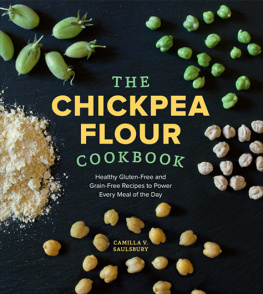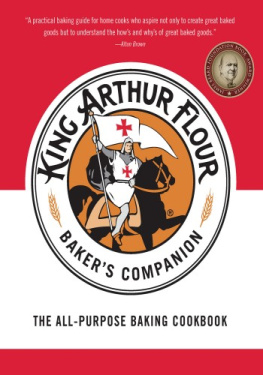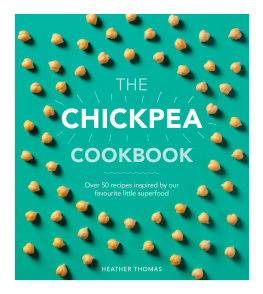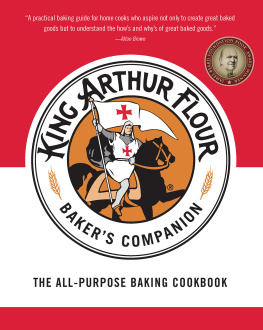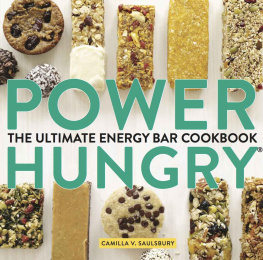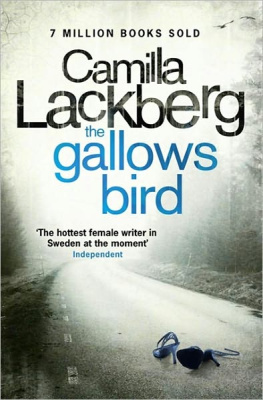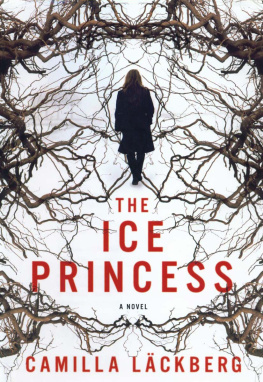Camilla V. Saulsbury - The Chickpea Flour Cookbook
Here you can read online Camilla V. Saulsbury - The Chickpea Flour Cookbook full text of the book (entire story) in english for free. Download pdf and epub, get meaning, cover and reviews about this ebook. year: 2016, publisher: Lake Isle Press, Inc., genre: Home and family. Description of the work, (preface) as well as reviews are available. Best literature library LitArk.com created for fans of good reading and offers a wide selection of genres:
Romance novel
Science fiction
Adventure
Detective
Science
History
Home and family
Prose
Art
Politics
Computer
Non-fiction
Religion
Business
Children
Humor
Choose a favorite category and find really read worthwhile books. Enjoy immersion in the world of imagination, feel the emotions of the characters or learn something new for yourself, make an fascinating discovery.
- Book:The Chickpea Flour Cookbook
- Author:
- Publisher:Lake Isle Press, Inc.
- Genre:
- Year:2016
- Rating:4 / 5
- Favourites:Add to favourites
- Your mark:
- 80
- 1
- 2
- 3
- 4
- 5
The Chickpea Flour Cookbook: summary, description and annotation
We offer to read an annotation, description, summary or preface (depends on what the author of the book "The Chickpea Flour Cookbook" wrote himself). If you haven't found the necessary information about the book — write in the comments, we will try to find it.
The Chickpea Flour Cookbook — read online for free the complete book (whole text) full work
Below is the text of the book, divided by pages. System saving the place of the last page read, allows you to conveniently read the book "The Chickpea Flour Cookbook" online for free, without having to search again every time where you left off. Put a bookmark, and you can go to the page where you finished reading at any time.
Font size:
Interval:
Bookmark:


Grain-Free Recipes to Power
Every Meal of the Day
CAMILLA V. SAULSBURY

Copyright 2015 by Camilla V. Saulsbury
Photography copyright 2015 by Camilla V. Saulsbury
All rights reserved. No part of this book may be reproduced, stored in a retrieval system, or transmitted, in any form, or by any means, electronic or mechanical, including photocopying and recording, without prior written consent from the publisher.
Published by:
Lake Isle Press, Inc.
2095 Broadway, Suite 301
New York, NY 10023
(212) 273-0796
E-mail:
Distributed to the trade by:
National Book Network, Inc.
4501 Forbes Boulevard, Suite 200
Lanham, MD 20706
1(800) 462-6420
www.nbnbooks.com
Library of Congress Control Number: 2015940856
ISBN: 978-1-891105-60-9
Book and cover design: Laura Palese
Editors: Jennifer Sit and Pimpila Thanaporn

CAMILLA V. SAULSBURY is a writer, recipe developer, fitness trainer, endurance athlete, and creator of the healthy food blog, POWER HUNGRY. She also holds a PhD in sociology with specializations in food studies, health, and medicine. She has been featured on the Food Network, The Katie Couric Show, Today, Good Morning America Health, Huffington Post, Oprah.com, QVC, and in multiple publications including the New York Times, Clean Eating, Food Network Magazine, and Pilates Style . A native of the San Francisco Bay Area, she currently lives in Texas with her husband and son.
To My Parents,
Daniel & Charlotte

First, I would like to thank my husband Kevin, who routinely ignored the piles of bowls in the sink, chickpea flour on floors and counters, and batter in my hair as I worked to meet my deadlines. Also, to my son nick, who waited on countless occasionsusually for longer than I promisedfor me to finish mixing, baking, or sauting just one more batch of a chickpea flour recipe before we could play.
Thanks also to my friends, especially those in my wednesday night dinner group, who sampled and provided feedback for many of my creations. Just seeing all of you each week made even the longest work weeks special.
Working with Hiroko, Jenn and Pimpila at Lake Isle Press is not only a privilege, but a joy. Their enthusiasm, wisdom, and warmth, coupled with keen savvy and eyes for detail, makes life as a food writer and recipe developer a pleasure.
Its hardly a scenario anyone anticipated just a short while ago. When gluten-free foods and cookbooks first appeared on store shelves a decade ago, the target audience was highly specialized: individuals diagnosed with celiac disease, wheat intolerance, or gluten intolerance. At present, diagnosed celiacs represent less than 0.1 percent of the population, with an actual number (diagnosed or undiagnosed) estimated at 1 percent of the total population; individuals with some sort of wheat or gluten intolerance represent 6 percent to 7 percent of the population.
The goal of the recipes and resulting foods was likewise niche driven: eliminate gluten from recipes and re-create traditional foods (in particular, grain-based baked goods) without it. To achieve these ends, the gluten-free standard was soon defined by a laundry list of highly refined grain flours, starches with little or no nutrition (e.g., cornstarch and tapioca starch), and added gums, such as xanthan gum and guar gum. It hardly sounded like a recipe for mainstream appeal, let alone zeal.
Yet more than one-third of all American adults now report that they want to cut down on or be free of gluten in their diets. The principal explanation for this monumental shift is that gluten-free products are perceived as healthier. Whether individuals are looking to avoid genetically modified grains, lose or control weight, deal with allergies, manage health issues, or just live a healthier lifestyle overall, following a gluten-free eating plan is now considered a mainstream approach to healthy eating.
The second wave of gluten-free marks an exciting shift in priorities for cooking and baking, both for those who cannot have gluten, as well as anyone and everyone who chooses to remove gluten from their diets. The emphasis is moving away from time-intensive, extensive-ingredient recipes that are short on flavor and nutrients to recipes that are:
Nutrient-dense: Skip the fillers and gums; instead, focus on whole foods that are naturally gluten-free and rich in macro- and micronutrients (e.g., healthful fats, proteins, fiber, vitamins, and minerals). Non-GMO ingredients are a huge bonus.
Simple to prepare: Think familiar methods without the fuss, and easy-to-follow instructions that make the recipe nearly foolproof.
Minimalist: A short list of ingredients is key (unlike gluten-free 1.0, where combinations of fifteen-ingredient recipes, multiple gluten-free flours, and fillers were de rigueur to make even the simplest of recipes work).
Allergen-free or low-allergen: The same consumers who are turning to gluten-free recipes are also interested in avoiding other high-allergen ingredients, such as tree nuts, soy, dairy, eggs, and in some cases, all grains.
Great-tasting: Poor taste and texture just wont cut it; consumers are not willing to compromise great health with bad taste. The new focus is on foods that taste just as good, if not better, than those with gluten, thanks to innovative flavor combinations and techniques.
The aforementioned list of attributes may sound insurmountable. That is, until you consider chickpea flour.
Chickpea flouralso known as garbanzo bean flour, ceci flour, chana, gram flour, or besanis an all-natural, grain-free flour made from finely ground dried chickpeas. It is anything but a fad; it has been in use for centuries in rustic, everyday recipes throughout Southeast Asia, the Middle East, and Northern Africa, as well as regions of Italy, France, and Spain. It appears in myriad preparations, including everything from flatbreads, pancakes, dumplings, and soy-free tofu to creamy sweets.
Now chickpea flour is slowly garnering star status in the Western food world for its unique flavor and flexibility across an even broader range of recipes. It is nothing short of a gluten-free godsend to home cooks interested in crafting gluten-free foods for the following reasons:

Ease of use and versatility: Like all-purpose wheat flour, chickpea flour is incredibly versatile. It can be used to create baked goods (e.g., breads, pizza crusts, muffins, and crackers) and main dishes (soups, stews, meatless burgers, and eggless quiches and omelets), as well as desserts, snacks, and sauces.
Font size:
Interval:
Bookmark:
Similar books «The Chickpea Flour Cookbook»
Look at similar books to The Chickpea Flour Cookbook. We have selected literature similar in name and meaning in the hope of providing readers with more options to find new, interesting, not yet read works.
Discussion, reviews of the book The Chickpea Flour Cookbook and just readers' own opinions. Leave your comments, write what you think about the work, its meaning or the main characters. Specify what exactly you liked and what you didn't like, and why you think so.

